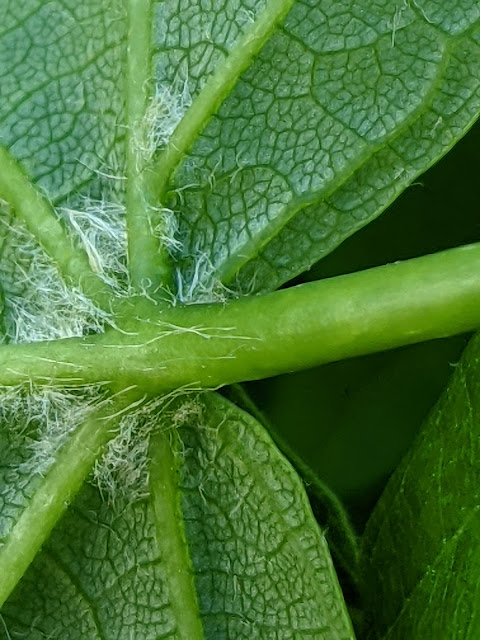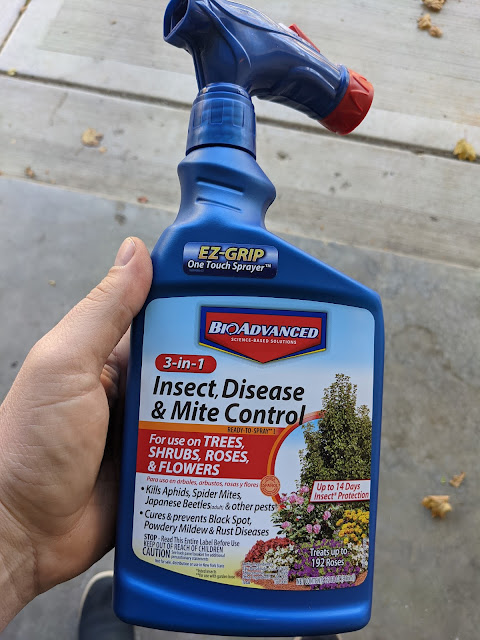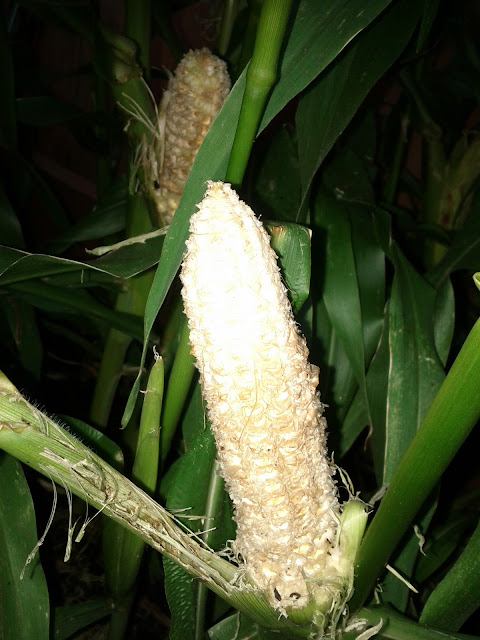Linden Tree Aphid Control - Early June Check-in - 2021

A couple of weeks ago, I took some steps to head off the annual aphid infestation that has been occuring on our Greenspire Linden trees that leads to them being swarmed by Yellow Jackets who are eating the aphids. Back in mid-May, I applied a Systemic Soil-Application insecticide and - just to be doubly sure - I also sprayed a persistent contact spray to the leaves just to kill whatever might already be on the leave s. As a reminder, this is what the underside of the leaves looked like when the Linden Aphids were living on them (back in late Summer 2020). Doing this check-in on the Lindens (which...are currently espalier'd in a horizontal Cordon, btw), I looked at the underside of the leaves. And, while I don't see any of the aphids like I did last year, I do see some white, hairy spots at the intersection of the leaf veins. See below for a zoomed-in shot of the leaves: I've done as close of an inspection as I can on these photos and I can't tell what that hai





